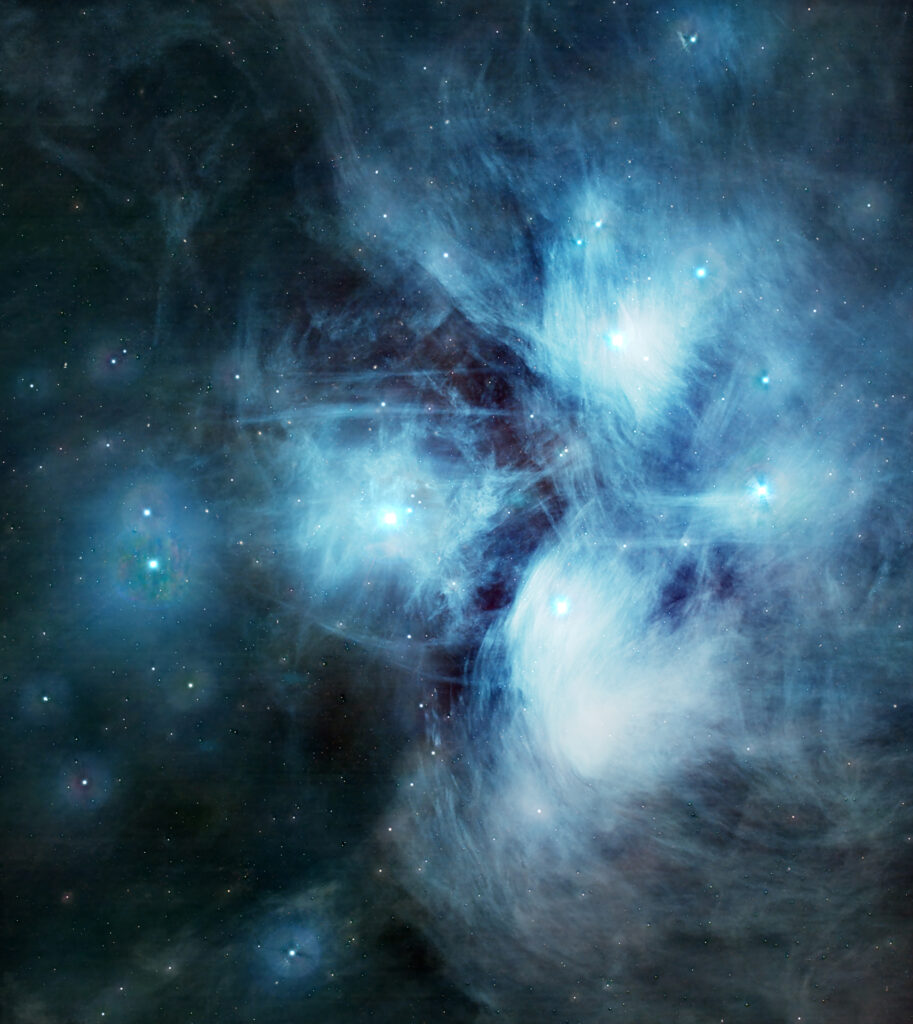
Image credit: Jim Pollock
Location: The Farm
Date: 01/11/2024
Scope: 14Edge f2
Main Camera: 6200mc
Filter: Optolong LPro
Guide Scope: Evo50
Guide Camera: ZWO 174-mini
Frames & Exposure:
113 Frames at 300 secs = 565 minutes
It’s obvious that light pollution is a bummer for stargazers. But light pollution also wastes energy, disrupts wildlife and ecosystems, can harm our health and can negatively affect our vision and safety at night.
The International Dark-Sky Association (IDA) works to protect night skies in over 50 countries around the world. They have designated over 130 International Dark Sky Places, have supported over 23 dark sky communities, have chapters in 18 countries, and have certified over 1000 dark sky friendly lighting fixtures.
Despite the progress the IDA has made, light pollution continues to spread. According to their website, ‘eight out of ten people live under a light-polluted night sky, at least three billion dollars is wasted on outdoor lighting each year in the U.S., and virtually every species studied has been harmed by light pollution.’
The work of the IDA continues in many forms, including public education, changing policies, grassroots actions and research. Go to their website to see how to learn more and take action.
Related Websites
Dark Site Finder – online maps showing how to find skies ranging from very dark to overly light-polluted
Basin and Range Dark Night Sky Cooperative – works to protect the night skies of the Basin and Range area, near central Nevada, and parts of California, Utah and Arizona
Learn more about IDA’s dark sky certification process

Visit Colorado’s dark sky parks
- Curecanti National Recreation Area
- Florissant Fossil Beds
- Mesa Verde National Park
- Also, celebrate the month of June as CO’s official Dark Sky Month
- See additional stargazing ideas in Colorado